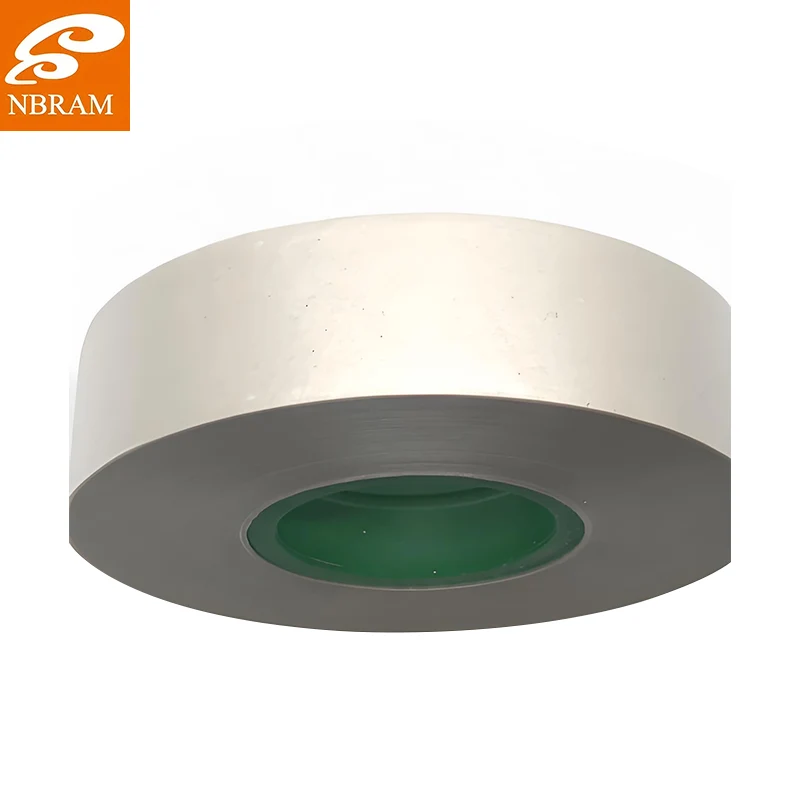When your high-voltage motors are on the line, NBRAM's specialized Mica Tape For High-Voltage Motor Winding is the difference between reliable operation and costly downtime. I've personally used this tape in 6.6kV motor rewinds where it handled voltage spikes that would have fried ordinary insulation. If you're sourcing winding tape that can take the punishment of industrial high-voltage applications, this is what you need to order from NBRAM today.
Having rewound more high-voltage motors than I can count, I've learned that not all mica tapes are cut out for the job. NBRAM's high-voltage winding tape is specifically engineered for the brutal environment inside large motors - it handles voltage stresses, thermal expansion, and mechanical vibration that would destroy lesser materials. When your motor's insulation integrity is critical, this is the only tape I trust.
What makes NBRAM's Mica Tape For High-Voltage Motor Winding stand out is their multi-stage impregnation process. They don't just dunk the mica in resin - they use vacuum pressure cycling to ensure every fiber gets properly coated without over-saturation. I've seen their quality checks; they test each batch for partial discharge characteristics, because in high-voltage applications, even microscopic voids can lead to catastrophic failure.
Last year during a steel mill motor overhaul, we switched to NBRAM's high-voltage tape and the difference was night and day. Where previous tapes showed signs of tracking after just six months, this stuff handled the 13.8kV system's transients without any issues. The tape's flexibility makes it perfect for tight stator slots, and its thermal endurance means it won't break down during motor starting surges.
NBRAM's Mica Tape For High-Voltage Motor Winding specs: rated for systems up to 13.8kV, partial discharge levels below 5pC, thermal class 155°C (F), and dielectric strength exceeding 35kV/mm. Available in various widths from 15mm to 50mm with thickness options from 0.13mm to 0.25mm. The tape maintains consistent performance even under thermal cycling and mechanical stress.
